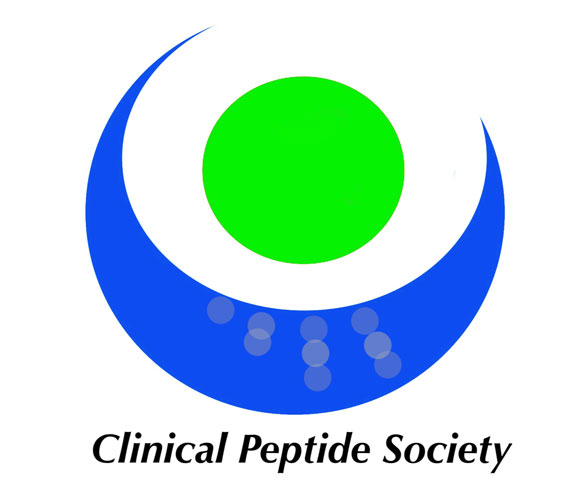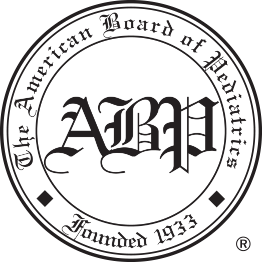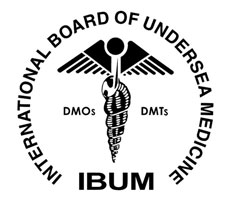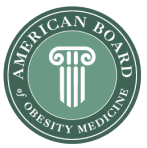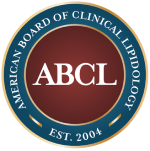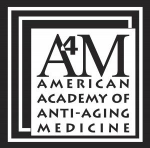When to Consider PRP Therapy for Hair Restoration

PRP therapy or platelet-rich therapy is a semi-invasive treatment for hair thinning. Many people suffer from this cosmetic condition because of aging, stress, and hormonal issues. Speaking to a hair doctor can help you figure out if this is the treatment for you. If you want to know when you should consider PRP therapy for hair loss, here are the details.
When to consider PRP therapy for hair loss
A conversation with the hair doctor will confirm if this is the right hair loss treatment for the patient. This therapy has side effects and counter-indications that can cause harm. Heavy smokers, people with a history of alcohol or drug abuse, and people using blood thinners are not ideal candidates for this treatment. Individuals with chronic infections, cancer, and skin ailments are not suitable candidates as well. The hair doctor can suggest PRP therapy in the following situations:
- The onset of alopecia. This is also known as male or female pattern baldness. It is a hereditary condition.
- When there is hair loss due to excessive stress. This is not a chronic condition. It is treatable as well.
- When balding or thinning is becoming overwhelming.
The basics of PRP therapy
This therapy is an innovation in hair restoration technology. It is a natural, semi-invasive way of regaining hair growth. The blood from the patient will go through some processing. Then injecting the nourishing components of blood will follow. This will promote natural hair growth. It can even strengthen the existing hair follicles.
This therapy started back in the 80s for treating tendon, muscle, and ligament problems. Platelets are in the blood. It has restorative properties. PRP has an abundance of platelets. That is why it is a strong instrument in promoting tissue growth and healing musculoskeletal damage.
The therapy
PRP has potent growth factors. It can increase the number of stem cells and the levels of collagen. It can also heal injuries right away. The body produces plasma to keep an individual looking fresh and young. That is why PRP is now part of an effective treatment in regrowing thinning hair. Below are the simple steps in PRP therapy:
- The hair doctor takes blood from the patient’s arm.
- The blood will run in a centrifuge for 10 minutes. It will spin until it separates into three layers — the PRP, red blood cells, and platelet-poor plasma. The rest of the components will be discarded. The doctor will collect the PRP.
- The hair doctor will apply a local anesthetic on the patient’s scalp. The doctor will then inject the PRP into the patient’s scalp with a syringe.
The PRP will excite the dermal papilla cells in the scalp. These cells will trigger hair growth. PRP therapy will come in three treatments with an interval of four to six weeks. Maintenance will happen every four to six months after the full therapy.
Diseases, imbalances, and PRP therapy
Some people do not enjoy the benefits of this hair loss treatment. Individuals with thyroid issues and chronic diseases may not see the results. The patient must seek treatments for underlying health issues first. If not, hair will only continue to fall out. Oral medications can help improve the underlying health issues. Discussing PRP therapy with the hair doctor by then can yield more favorable results.
Reminders during PRP therapy
Getting this therapy involves doing and not doing specific things before and after the therapy. These are important considerations. The patient must try to follow them to maximize the treatment. These efforts will contribute to the success of the therapy.
Before the therapy, shampoo and condition the hair. This will free the scalp and hair from dirt and grease. Eating healthy and drinking plenty of water can prevent nausea from the blood draw. Refraining from using hair products at least three days before the PRP therapy can prevent side effects. Stopping tobacco and alcohol consumption is important. This will ensure the drawing of healthy blood.
After the therapy, the patient can return to normal activities. Washing the hair during normal times is fine if the injection sites are not painful. Refraining from perming or coloring the hair at least 72 hours after the therapy can prevent scalp irritation, pain, and complications.
PRP therapy can give you your crowning glory back with proper guidance
Hair loss is a common cosmetic problem in both men and women. You can resort to treatments like PRP therapy if you think your hair loss is already affecting your esteem and quality of life. A good hair doctor can help you understand this therapy more. Working with your hair doctor can result in youthful, abundant hair growth.
Get more information about Optimal Medical Group in Fresno at https://omgwellnessmd.com.
Check out what others are saying about our services on Yelp: Read our Yelp reviews.
Related Posts
If you're searching for the best erectile dysfunction doctor in Fresno, CA, The Optimal Medical Group provides expert, evidence-based solutions that restore sexual health and quality of life. Erectile dysfunction (ED) isn't just a sensitive topic, it's a common condition affecting millions of men. Prompt professional treatment is the fastest way to overcome erection problems…
Low sex drive in women, medically known as hypoactive sexual desire disorder (HSDD) or low libido, is a persistent lack of sexual interest that can disrupt emotional well-being and relationships. It affects millions of women across many ages, often leaving them confused and concerned about their sex life, sexual intimacy, and overall health. The core…
The ICD-10 erectile dysfunction code, N52.9, is the primary classification used by healthcare providers to document male erectile dysfunction when the specific cause is not identified. It enables accurate diagnosis, streamlined insurance claims, and ensures clear communication among physicians. To assign the right ICD-10 code for erectile dysfunction, providers must understand both the root cause,…
Low libido in women is a common and often distressing issue, typically driven by a mix of physical, emotional, and relationship factors. If you're experiencing less interest in sexual activity, fewer sexual fantasies, or diminished sex drive, the underlying causes may range from hormone imbalances to relationship concerns. The good news? Low libido is treatable,…





